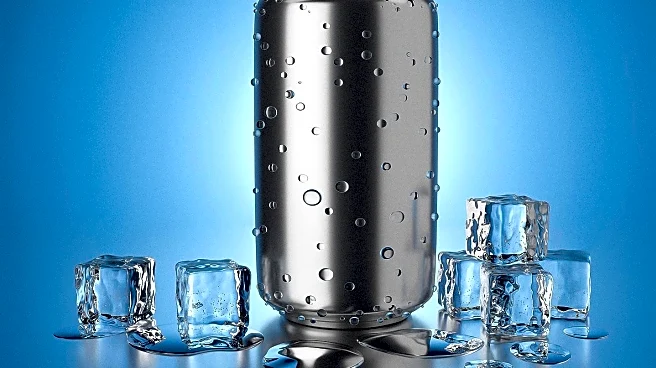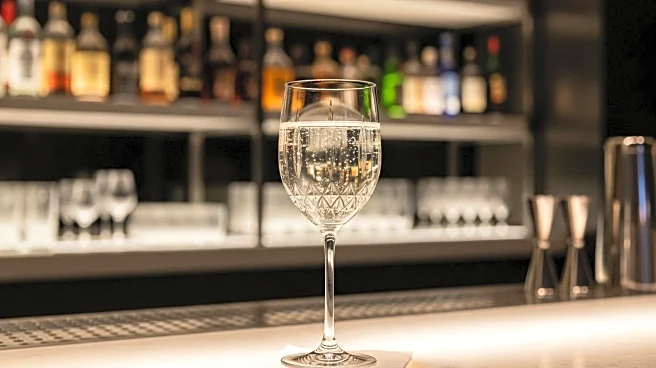What's Happening?
Germany, traditionally known for its beer culture, is now leading the world in nonalcoholic beer consumption. According to IWSR, a London-based firm tracking global alcoholic beverage data, Germany has become the top consumer of alcohol-free beer by volume. This trend is particularly evident at Oktoberfest, where every tent now offers nonalcoholic beer options. The shift is driven by younger consumers and athletes seeking healthier alternatives. Nonalcoholic beer now accounts for about 9% of beer production and consumption in Germany, with expectations to reach double digits soon. Despite adhering to the country's 500-year-old Reinheitsgebot purity law, German brewers have innovated to produce a wide variety of nonalcoholic beers that compete in taste with traditional options.
Why It's Important?
The rise of nonalcoholic beer in Germany reflects broader shifts in consumer behavior towards healthier lifestyles. This trend could have significant implications for the global beer industry, as other countries may follow suit. For German breweries, nonalcoholic beer offers a lifeline amid declining overall beer consumption and rising production costs. The market expansion into nonalcoholic options could help stabilize the industry and preserve traditional brewing practices. Additionally, the focus on health benefits and isotonic properties of nonalcoholic beer aligns with growing consumer demand for functional beverages, potentially opening new markets and opportunities for innovation.
What's Next?
As nonalcoholic beer continues to gain popularity, German breweries may increase production to meet demand, potentially leading to price adjustments. The trend could also encourage international breweries to expand their nonalcoholic offerings, tapping into new consumer segments. Furthermore, the success of nonalcoholic beer in Germany might inspire similar shifts in other countries with strong beer traditions, such as Ireland. The industry may also explore further marketing strategies targeting athletes and health-conscious consumers, emphasizing the beverage's isotonic benefits.
Beyond the Headlines
The growth of nonalcoholic beer in Germany highlights cultural shifts towards moderation and health consciousness. This trend may influence social norms around alcohol consumption, particularly among younger generations. The industry's adaptation to these changes demonstrates resilience and innovation, preserving traditional brewing methods while embracing new consumer demands. As nonalcoholic beer becomes more mainstream, it could challenge perceptions of beer as solely an alcoholic beverage, potentially reshaping the market landscape.














